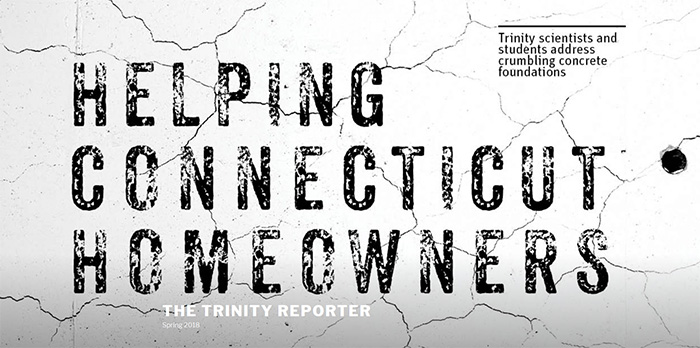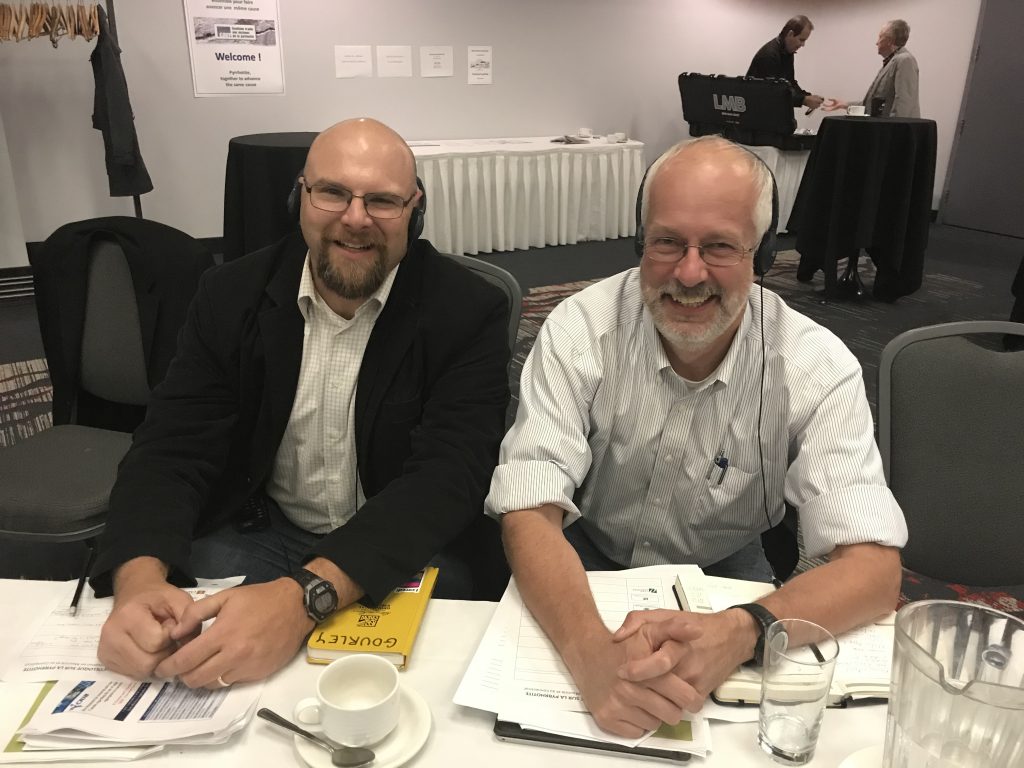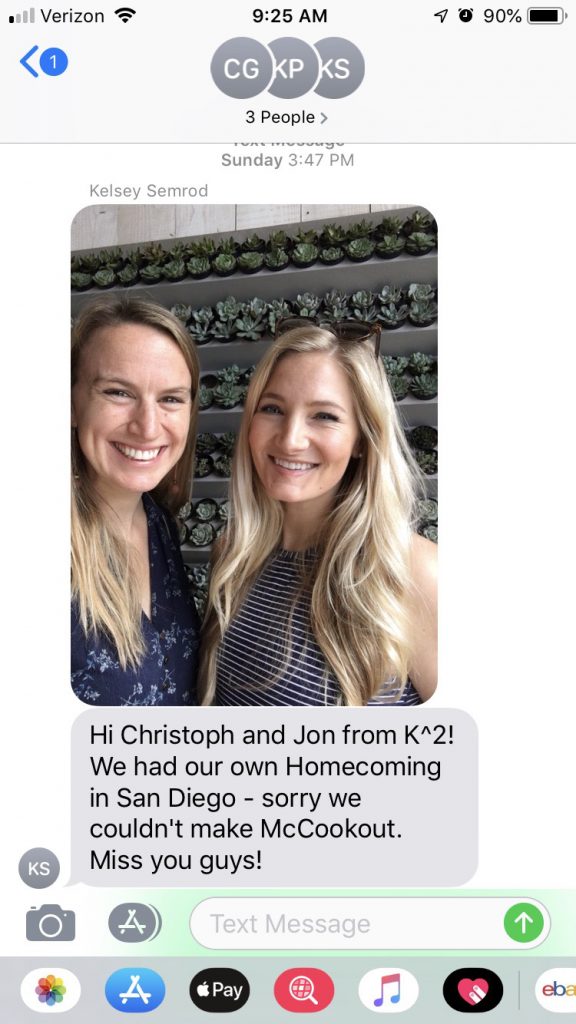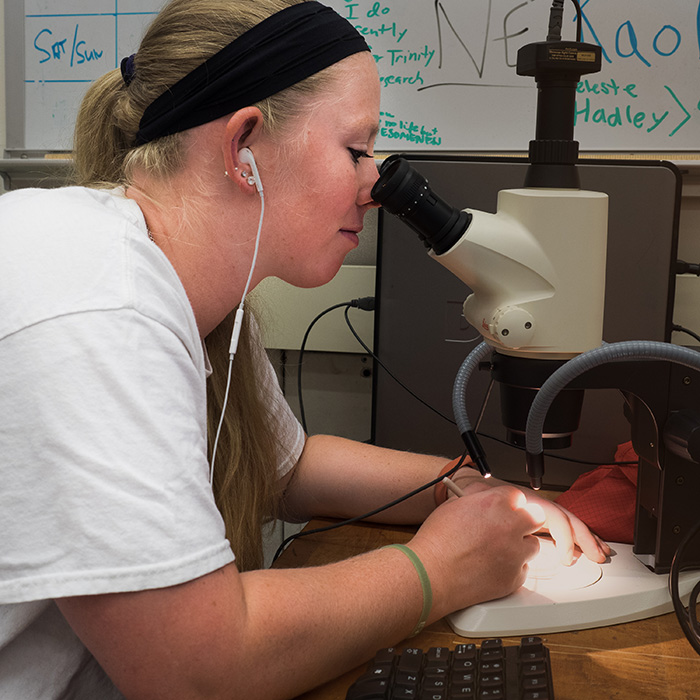This summer, Shane McLaughlin (’19), Anna Maria “Bobbie” Imwalle (’20), and Joe Ruggiero (‘19) worked with me (Dr. Amber Pitt) to investigate the impacts of human activity on wildlife populations and freshwater ecosystems in urban Connecticut and rural Pennsylvania.
Getting the dirt on urban ponds and streams
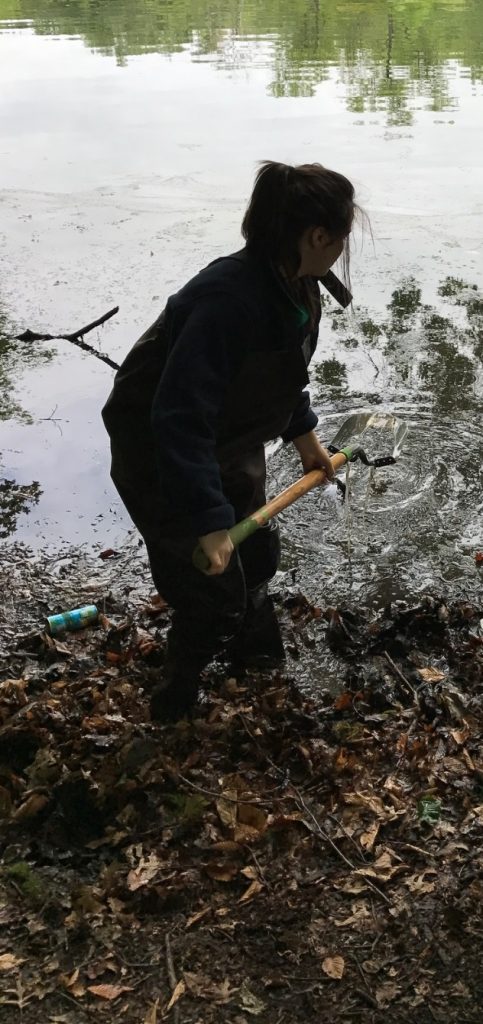
Bobbie collecting urban pond sediment
Ponds and streams can serve as critical habitats for wildlife in urban settings. However, they also can become ecological traps for wildlife if they are contaminated with toxins that decrease reproduction and survival. Wildlife can accumulate toxins through direct contact with the substances in the environment, as well as by consuming contaminated food sources such as plants and animal prey species. Shane and Bobbie took to the ponds, while Joe took to the streams, in parks in the Greater Hartford Area to explore contaminant levels in sediments and plants found within these ecosystems. Shane and Bobbie also assessed amphibian, reptile, and bird diversity in these ecosystems. They found that some ponds and stream segments were more impaired than others with contaminants such as mercury. Results were somewhat surprising though in that some of the most impacted ponds were located in the more beautiful, highly vegetated settings. It’s likely that those results were due to the application of lawn and gardening chemicals that contain mercury. These results suggest that use of such chemicals may pose a threat to wildlife in these habitats, as well as to people who recreate in and consume fish from these ecosystems.
Helping the hellbender
Shane, Bobbie, and I headed to Pennsylvania to continue research on hellbenders. Hellbenders are giant salamanders that live in streams and rivers in the eastern United States, from southern New York to northern Georgia, and west to Missouri. Their populations are declining throughout much of their range, and the Pitt lab has been researching the drivers of this decline so that we can better understand how to reverse these trends and conserve this species. Donning masks and snorkels, we took to the streams to survey the hellbender population.

Bobbie and Shane getting ready to snorkel.
While many hellbender populations show no signs of recruitment, our efforts uncovered a larval hellbender, indicating a healthy, reproducing population.

A larval hellbender we found.
Going to bat for bats
As an extra treat while in Pennsylvania, Shane, Bobbie, and I joined one of my former graduate students, Jamie Shinskie, for a night of bat surveys. Bat populations have declined precipitously due to white-nose syndrome, and an important step in conserving bats is to monitor their populations to understand how the populations are changing over time.

Shane setting up a mist net to catch bats.

One of the bats captured in the mist net.

Shane and Bobbie recording morphometric data for the bat researchers.
Oh Canada
With data and presentations in hand, Shane, Joe, and I headed to Canada to share the results of our research! Shane and Joe presented the urban pond and stream research and I presented hellbender research at the North American Congress for Conservation Biology in Toronto, ON. This professional scientific conference was attended by more than 800 people who specialize in conservation science, policy, and communication.

Shane and Joe explaining the urban pond and stream study.
Our group also took some time for bird watching while in Toronto…sort of. With the Rogers Centre just a few blocks from the conference venue, the group decided to take in a Blue Jays game. The Blue Jays may have lost that night, but our lab team shared a winning experience.
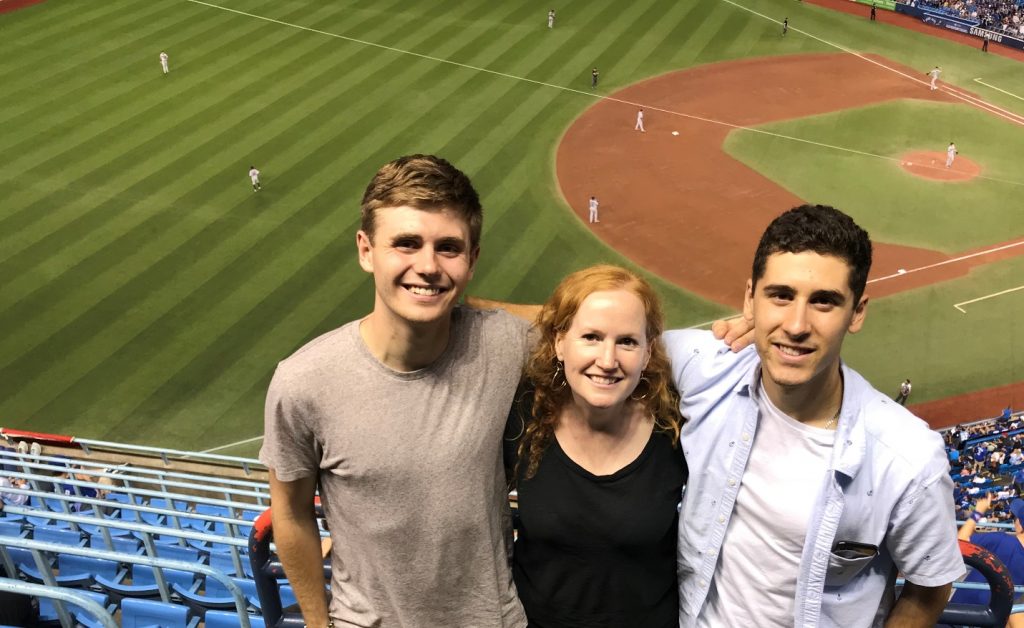
Shane, Amber, and Joe at a Toronto Blue Jays game.




